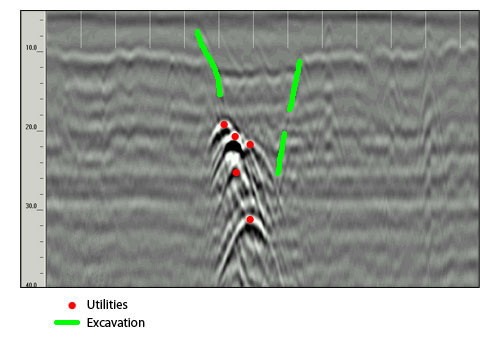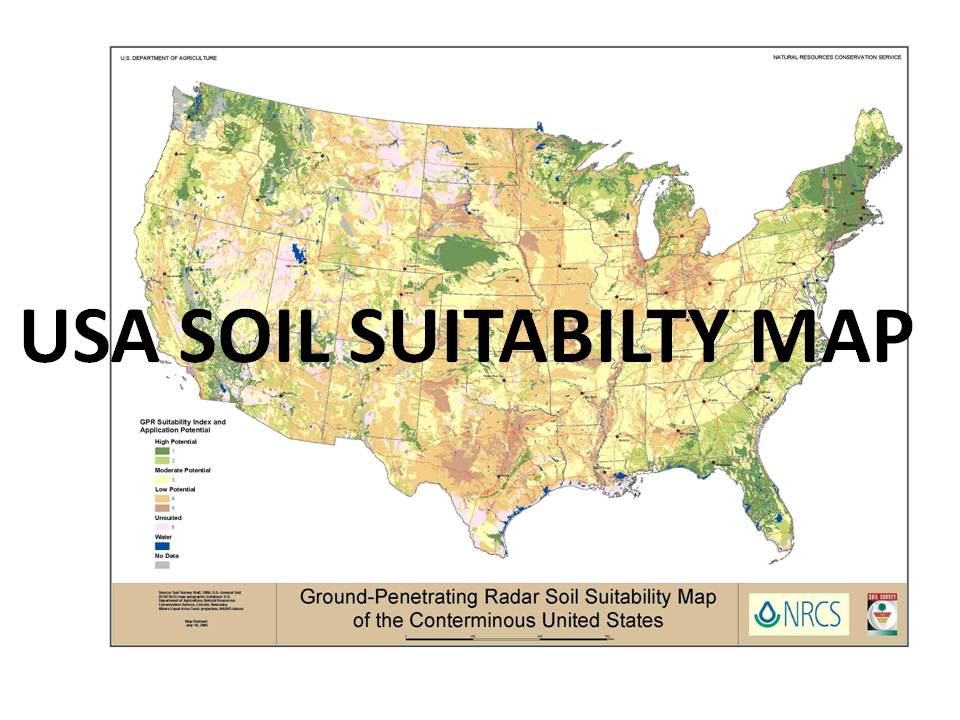Frequently Asked Questions?

List of common Q/A
Answer: It’s not that simple and depends on many factors, but it’s all in the soils and the frequency of the radar unit. The soil type, the moisture content and concentration of “salts” within the soil matrix are all factors. Clay rich soils are poor conductors of the signal.
A 400 MHz antenna can usually provide the following:
1. Up to a 12-15 ft depth penetration of signal
2. ID a 6” steel pipe at 6’
3. ID a 12” steel pipe at 12’
What is the depth resolution?
1. Determined by the radar frequency
2. Determined by the depth to target
Resolution decreases with decreasing frequency
Resolution decreases with increasing depth
Resolution increases with the number of scans
How accurate is the depth measurement?
1. The vertical accuracy largely depends on the homogeneity of the dielectric properties of the materials being surveyed
2. GSSI recommends a +/- 0.5 ft due to the inherent spatial variability in both vertical and horizontal conditions
3. Confidence improves with field measurements of depths to known targets in the study area
GPR LIMITATIONS
-Salt contamination of soils (near saline waters and beneath pavements where de-icing compounds have been used) will inhibit radar penetration and in some cases 2-3 ft was the maximum depth achieved
-Radar surveys run near cell phone transmitter towers cause strong EM signal interference for the radar unit
-No signal penetration below large steel tanks or steel re-inforcing mats
-GPR surveys can not be run with standing water on the surface, but radar penetrates nicely through snow/ice.



